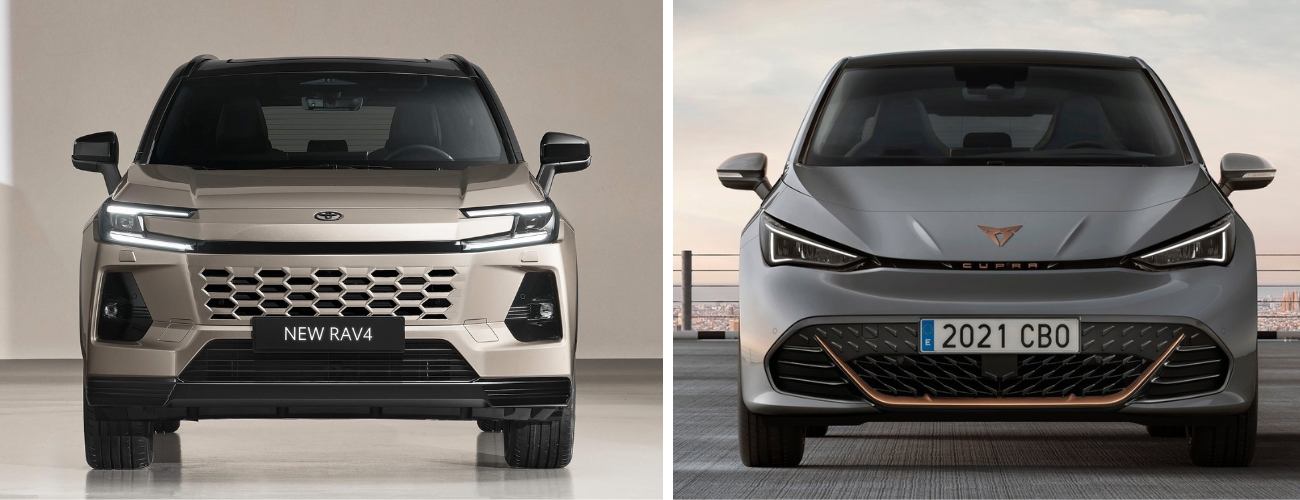July 21, 2025
Sara Davies
Electric and Hybrid News
One of the biggest challenges to EV uptake today is the higher cost of acquiring an EV over an ICE counterpart.
The government have recently announced a new grant which will go some way towards combating this, reducing the cost of a new EV by between £1,500 and £3,750.
The discounts will apply to eligible vehicles costing up to £37,000, with the most environmentally friendly vehicles seeing the biggest reductions, the Department for Transport (DfT) say.
Carmakers apply for individual models to be considered eligible for funding, which is allocated on a first-come, first-served basis and discounted cars should start appearing at dealerships very soon. The discount is applied directly to the price on forecourts, meaning no time-consuming applications for fleet managers or drivers, and no need for the customer to pay the full price upfront and claim money back. Instead, the prices you see will be the lower prices with the reduction applied. The government is likely to publish a list of eligible vehicles in the coming days.
£3,750 isn’t a great deal, you might say, when purchasing a car approaching the £37k mark. Which is why we’ve written this article. We’ll look closely at how and why, despite their higher purchase prices, EVs are still the cheapest cars for your fleet.
Why does whole life cost matter?
According to Autotrader, the average price of a new battery electric car is around £49,790 (June 2025), based on manufacturers’ recommended prices for 148 models. The equivalent for a petrol car is £34,225.
However, a number of lower-priced EV models have recently come onto the market. In addition, a seemingly cheaper petrol or diesel is in fact more expensive across its lifetime due to the following factors.
According to figures collected by charger locator business Zapmap, charging an EV on the public charging network costs an average of 15p per mile for a slow or fast charger in June, and 23p per mile for a rapid or ultra-rapid charger.
Charging an EV at home is generally cheaper. According to research by car finance company Carmoola, the average cost per mile using a slow or fast charger at home is between 6p and 9p per mile for a 60kWh battery car, depending on the efficiency of the car.
When you look at this against the cost of refuelling an ICE vehicle, you can save a considerable amount, as much as £121.25 per month when comparing, for example, a Cupra Born V2 58 kWh 5Dr Auto to a Toyota Rav 4 2.5 VVT Hybrid Design 5Dr CVT 2WD.

That’s not the only way your business or drivers will save money by driving electric. There are also substantially reduced National Insurance contributions to bring into the equation, as well as reduced driver tax costs and BIK, all delivering a considerable overall saving on an EV when compared to ICE, which can be as much as £454.91 per car per month (when comparing the Cupra Born and the Toyota Rav, in 2024).
In this scenario, where EVs are already costing you less in terms of a whole life cost, the recent grant makes a really welcome additional bonus which will effectively seal the deal for many fleet managers looking to transition to electric.
The government said: “The discount means that zero emission cars are now cheaper to buy and run than ever before, and comes on top of preferential tax rates, delivering real savings for working families.”
Still not sure? The new grants pose a brilliant opportunity to add new EVs to your fleet, for even less. Speak to one of our EV consultants and we’ll conduct a whole life analysis, comparing the vehicles in your fleet to the EVs we know top the charts for being the most affordable in terms of whole life costs.
Enjoyed this article? Read more of our latest blogs below:
- Goodbye Q2 What have We Learned?
- Going Places! Company Car in Action
- Changes to Ways to Pay Roadside Fines
- How to Create an Environmentally Friendly Fleet
For all our latest news and blogs click HERE.
Or are you looking to understand the company car, fleet management or any other aspect of fleet vehicles? If so, then check out our Guide Pages.
